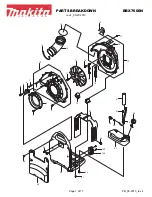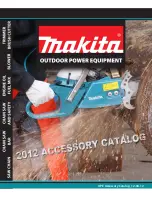
Installation
48
MTS Landmark™ Tabletop Load Units - Product Information
About Installation
This section provides information on load unit installation. After installation is complete, it is
recommended that you verify operation before putting the load unit into service and start running tests.
Lifting and Moving the Load Unit
This section describes how to lift and move the Series 370 Load Unit.
Overview
You will need a fork lift or overhead crane capable of lifting the load unit. Ensure that the lifting
equipment can accommodate the weight of the load unit (see the following table).
Warning:
The load unit is heavy.
The weight of the load unit can seriously hurt you and damage your load unit.
Do not allow the load unit to drop or topple.
Make sure that your chains, slings, and crane have a working capacity greater than the load
unit’s weight.
Make sure that the lifting hoist rings are tight.
Make sure that the crosshead locking bolts are fully tightened.Lift the load unit only high enough
to clear its pallet.
Operate the crane smoothly to prevent breaking shocks to the sling.
Note:
The following weight specifications are for lifting and moving purposes. The weight of
accessories and special fixtures must be added. The actual shipping weight must be determined
by a scale.
Model
Standard Height
Approximate
Weight
Extended Height
Approximate
Weight
Axial
248 kg (547 lb)
286 kg (630 lb)
Axial-Torsional with hydraulic rotational actuator
296 kg (652 lb)
334 kg (735 lb)
Axial-Torsional with electromagnetic rotational servo
motor
291 kg (641 lb)
NA
Approximate Weights of Load Units
















































